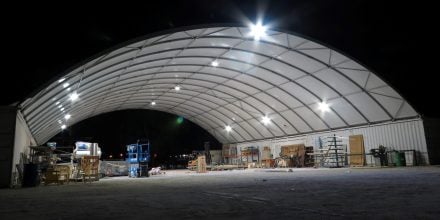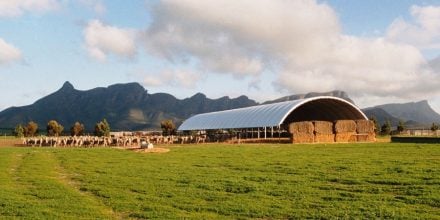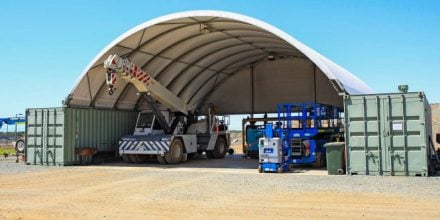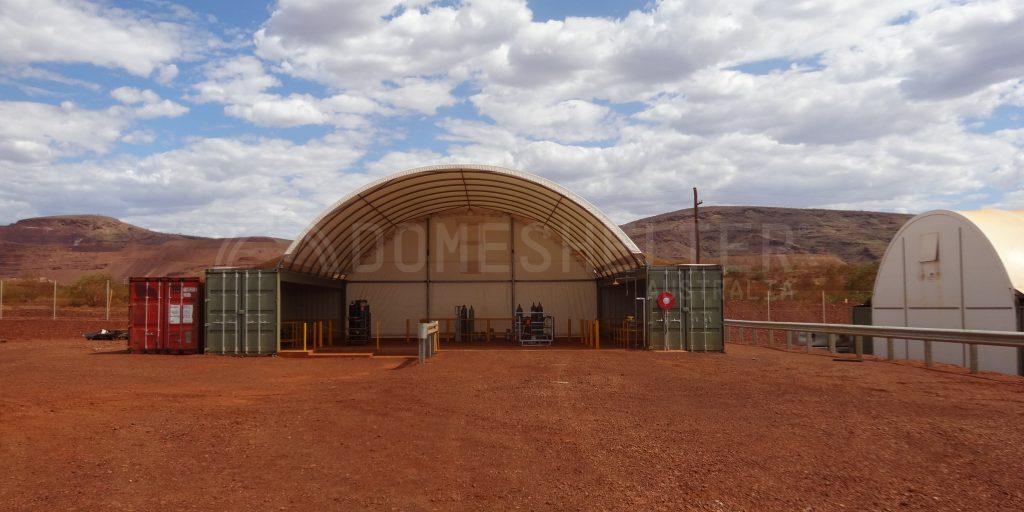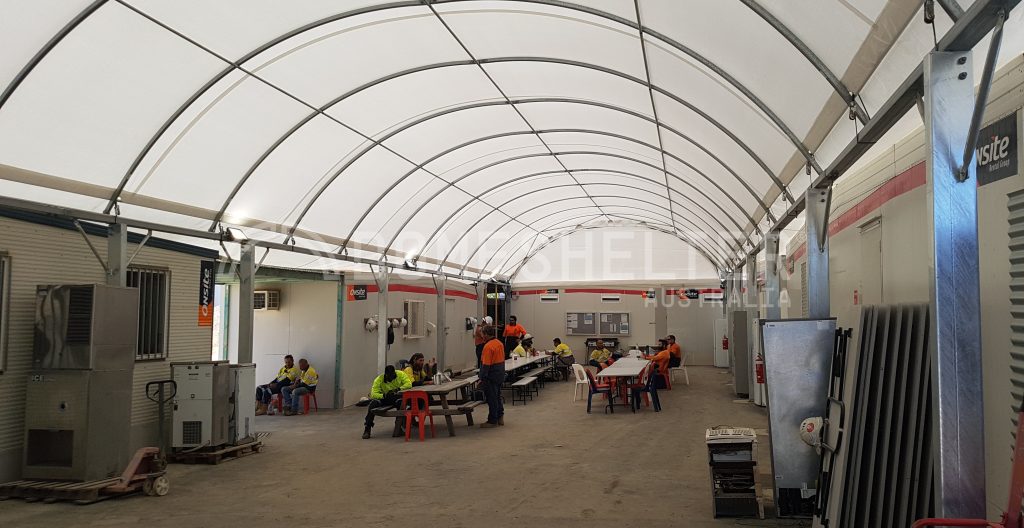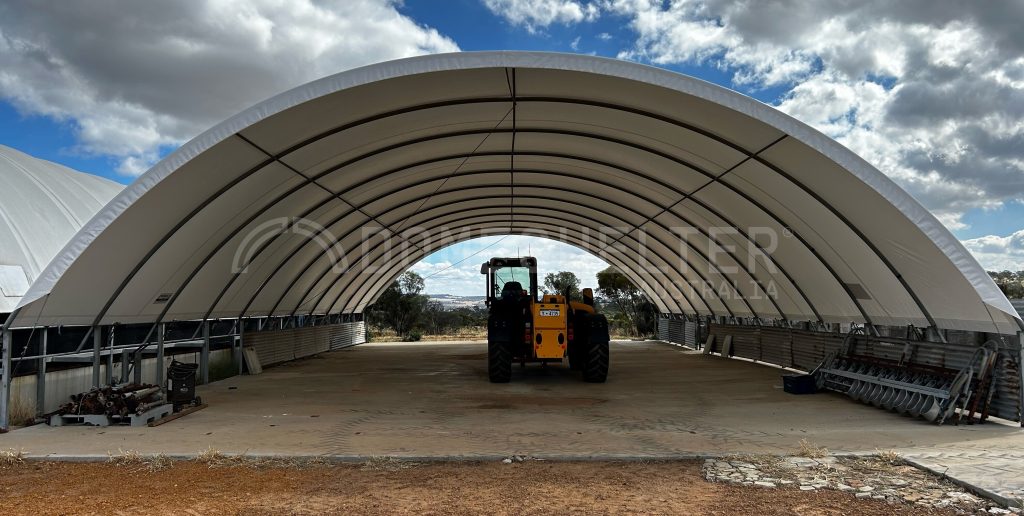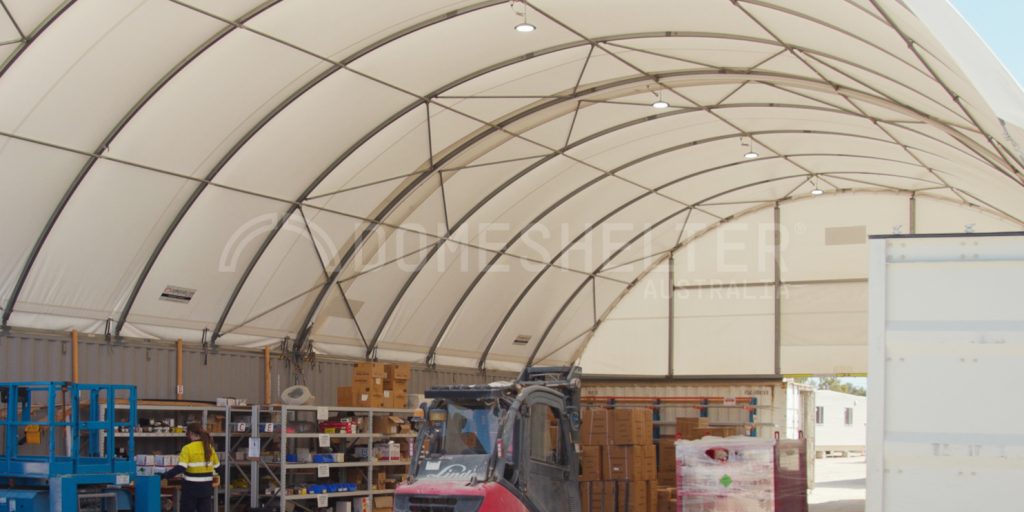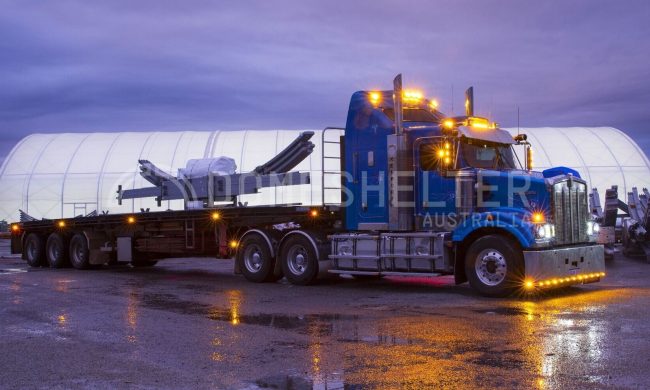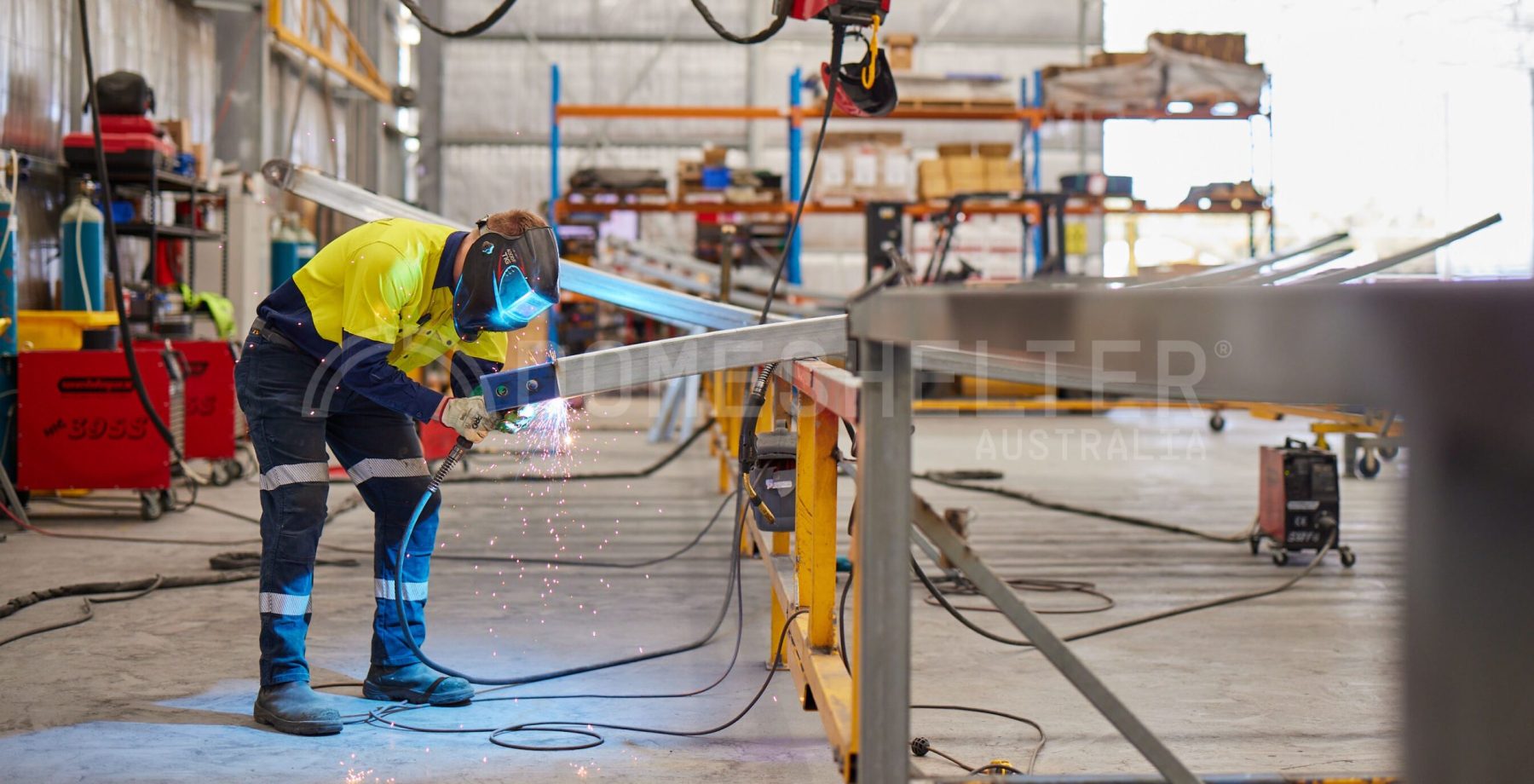
Productivity is a very important issue in all workplaces; lower productivity means less profit. Companies continually seek innovative ways to optimise operations, boost employee morale, and achieve greater efficiency. While there are various strategies involved in these, one often overlooked aspect is physical work environment; especially in industries involving ‘outdoor work’, such as construction, industrial, mining, and aviation. In fact, the provision of suitable Shelter Solutions can play a significant role in improving work conditions and, in turn, productivity.
In this article, we will explore the connection between shelter and productivity, revealing how the right Shelter Solutions can positively impact businesses across various industries. Shelter isn’t just about protection from the elements; it can be a key driver of workplace productivity.
Can Lack of Workplace Shelter Reduce Productivity?
A study by the Berkely Lab on temperature’s effect on work performance revealed that productivity at work decreases with temperatures above 24°C. At temperatures of 30°C, performance reduced by 8.9%.
“Studies point to a reduced ability to think clearly and quickly and efficiently when the body is too hot,” says Caleb Dresser, an emergency medicine physician who also serves as the director of health care solutions at the Harvard Chan Center for Climate, Health and Global Environment.
Heat has been proven to reduce focus and increase stress, leading to a less productive workforce.
The Relationship Between Shelter and Productivity
So, what are some of the fundamental principles that explain how shelter can impact productivity?
1. Employee Well-being
A comfortable and protected workspace contributes to employee well-being. When workers feel safe and sheltered from adverse weather conditions, their job satisfaction and overall morale tend to improve. This, in turn, can lead to increased productivity as happier employees are often more engaged and motivated.
Happy workers are 13% more productive, according to research by Oxford’s Business School.
2. Reduced Downtime
Extreme weather conditions, such as heat, rain, or storms, can disrupt work activities. Shelter provides a controlled environment that mitigates weather-related downtime. When employees can consistently work without interruptions due to extreme weather, productivity levels rise.
3. Equipment Protection
Many industries rely on specialised equipment and machinery. Exposure to the elements can cause damage, leading to costly repairs and downtime. Many manufacturers also void warranties if damage is due to exposure to elements. Shelter Solutions not only protect equipment but also ensure it operates at peak efficiency, minimising disruptions to the workflow.
4. Efficient Operations
An optimised workspace, including dedicated areas for specific tasks, can enhance overall workflow. For example, storage Shelters ensure that materials and equipment are well protected and readily accessible, reducing the time spent searching for and retrieving items. This improved efficiency directly impacts productivity.
How Shelter Impacts Productivity Across Industries
Now let’s explore how Shelter has been leveraged in various industries to enhance productivity:
1. Construction
Construction sites are notorious for exposure to the elements. Rain, wind, and extreme temperatures can hinder progress and increase safety risks.
Temporary Shelters provide construction crews with a covered workspace, enabling them to continue work during inclement weather. This not only keeps projects on schedule but also reduces costly delays. It provides a dedicated space for the storage of tools and equipment, ensuring they are in optimum condition and delays caused by repairs and maintenance are avoided as much as possible. It also provides a place for workers to rest out of the sun during break times, for better employee conditions.
2. Mining
Mining operations often take place in remote and challenging environments. Shelter Solutions offer a safe refuge for mine workers during extreme weather conditions, ensuring their well-being and enabling continuous production. Additionally, Shelters protect equipment and machinery, preventing damage and downtime. Shelter is utilised to improve productivity in a range of applications on mine sites, from vehicle maintenance workshops to fuel bays and bulk storage.
3. Logistics and Warehousing
Efficient logistics and warehousing are essential for supply chain management in the transport and logistics industries. Shelter serves as a cost-effective storage solution, protecting goods from the elements. This ensures that inventory remains in optimal condition, minimising losses due to weather-related damage. In addition, sheltered loading and unloading areas expedite processes, reducing turnaround times and increasing efficiency.
4. Agriculture
The agricultural industry heavily relies on favourable weather conditions to allow tasks to be carried out efficiently. Extreme weather events can have devastating effects on crops and livestock.
Shelters offer protection for both outdoor and indoor farming activities. Indoor animal husbandry can save time, eliminating the need to track animals down in large paddocks, and is often safer for newborn livestock. Important tasks such as livestock sales or administering treatments are able to continue regardless of the weather, avoiding downtime and improving farm productivity.
Safe and secure storage for hay and farm machinery also prevents time being wasted on cleanups, ruined feed, costly repairs and maintenance.
Selecting the Right Shelter Solution to Improve Productivity
The choice of Shelter depends on the specific needs and challenges of each worksite. When seeking to enhance productivity on your worksite through Shelter, consider the following factors:
1. Purpose: Define the primary purpose of the Shelter, whether it’s protecting equipment, providing workspace, or storing materials.
2. Location: Consider geographical location and prevailing weather conditions to determine the level of protection required.
3. Durability: Choose Shelter materials and designs that will be able to withstand the environmental conditions on your worksite.
4. Customisation: The Shelter Solution should meet the unique needs of your site and intended purpose, to align with workflow processes and properly increase efficiency.
5. Supplier Expertise: Partner with a reputable supplier with a proven track record in delivering Shelter Solutions for your specific industry.
Conclusion
Providing Shelter for a range of workplace processes can have a pivotal role in improving productivity, across various industries. While protection from the elements and employee safety are important incentives in themselves, Shelter can also contribute to better employee well-being, reduce downtime, and optimise operations.
It is important to consider a Shelter Solution properly tailored to your industry’s needs to get the most out of your investment. The right kind of Shelter from a trusted supplier can drive productivity for your workplace.
If you’re interested in how a modern, durable Fabric Shelter could solve the Shelter and infrastructure needs of your business, read more on our learning centre or get in touch directly today.






